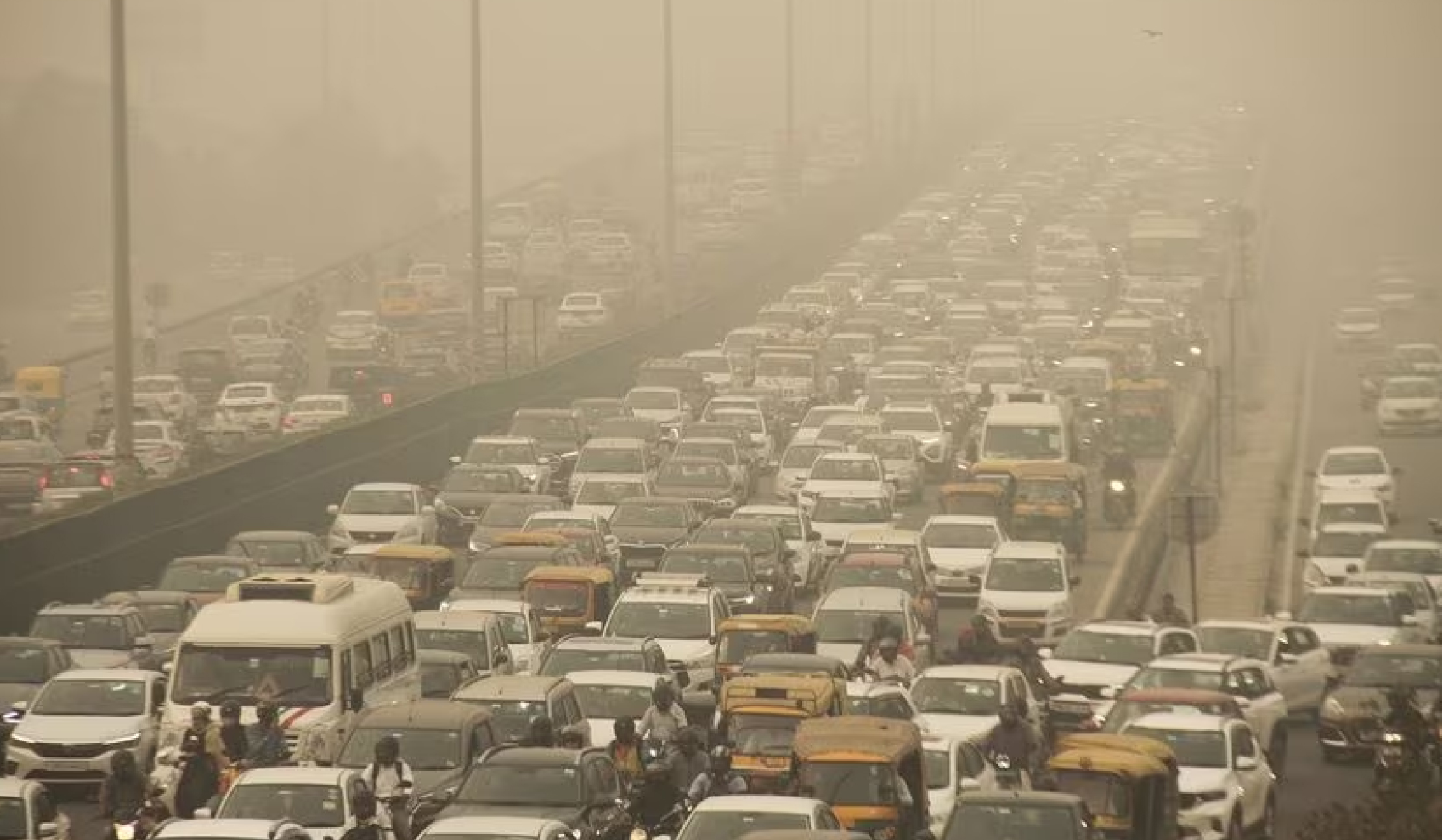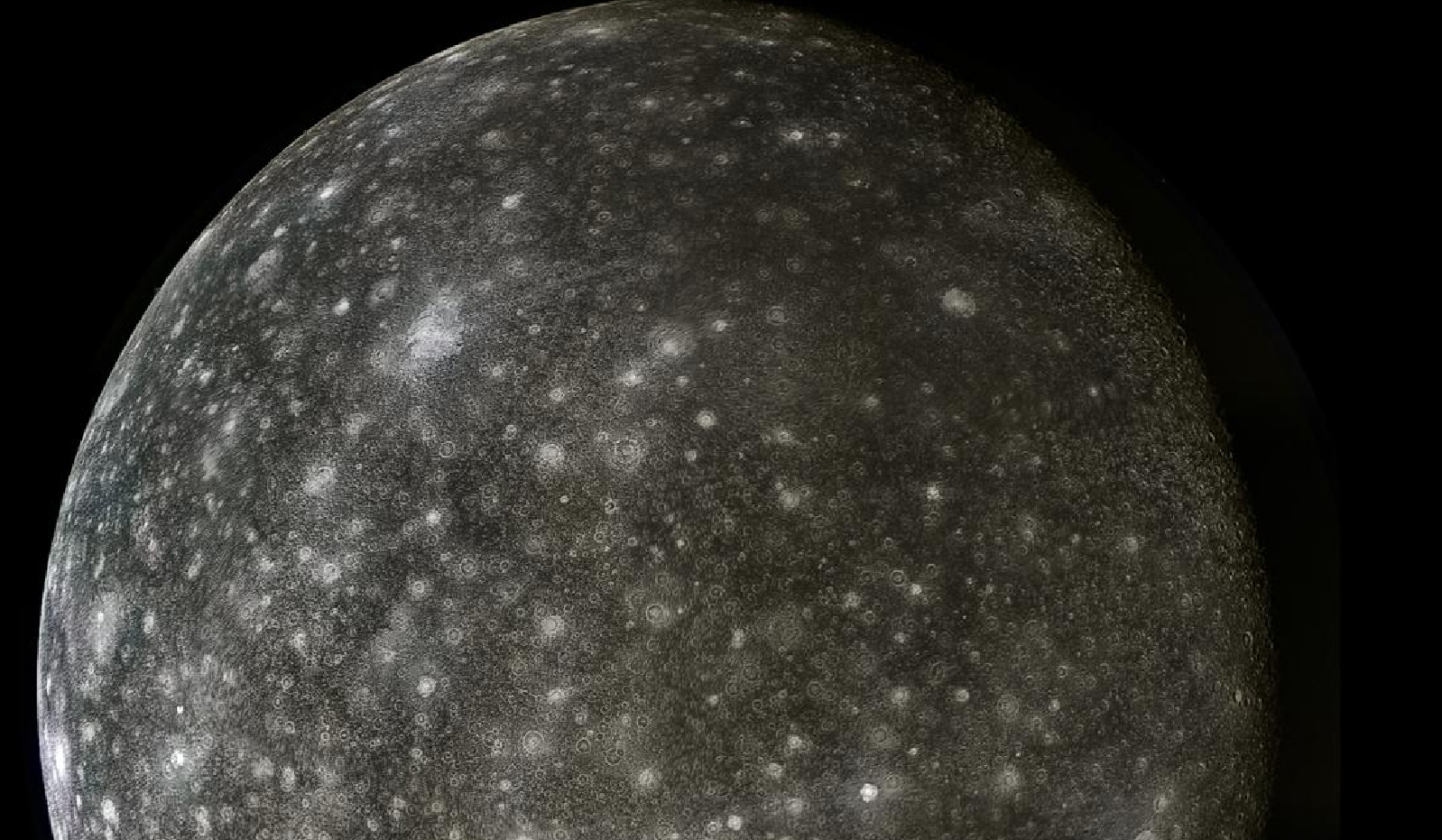The release of the Bulletin coincides with World Ozone Day (16 September).
- World Ozone Day celebrates the implementation of the Montreal Protocol and the later amendment to the pact, known as the Kigali Agreement.
- Theme for this year is Montreal Protocol: Advancing Climate Actions.
Key findings
- The ozone layer is recovering, with ozone-depleting substances (ODS) decreasing.
- Full recovery to 1980 levels is expected by 2066 over Antarctica; by 2045 over the Arctic and by 2040 for the rest of the world.
- The Kigali Amendment could potentially reduce global heating by 0.5°C by 2100.
About Ozone Layer
- The ozone layer is found at a height of around 15 to 30 km (stratosphere) is produced naturally by the interaction of solar ultraviolet light with molecular oxygen (O2).
- Depletion: Ozone depletion occurs through chemical reactions involving ODS such as Chlorofluorocarbons (CFCs), Halons, etc.
- Ozone hole are mainly found in Antarctica, which is accelerated by stratospheric clouds that provide surfaces for these reactions.
- Ozone hole refers to areas or regions harmed by damaging UV radiations.
- Impacts of depletion: Human health (Increased skin cancer risk); Plant life (disrupted growth, development); Marine ecosystems (reduced phytoplankton survival), etc.
Initiatives Taken
|





